Understanding designs
Designs are under-utilized. They can be a very effective weapon against early knock-offs.
Requirements
Our Designs Act provides for aesthetic and functional designs:
“aesthetic design” means any design applied to any article, whether for the pattern or the shape or the configuration or the ornamentation thereof, or for any two or more of those purposes, and by whatever means it is applied, having features which appeal to and are judged solely by the eye, irrespective of the aesthetic quality thereof;”
“functional design” means any design applied to any article, whether for the pattern or the shape or the configuration thereof, or for any two or more of those purposes, and by whatever means it is applied, having features which are necessitated by the function which the article to which the design is applied, is to perform, and includes an integrated circuit topography, a mask work and a series of masks works;
For a design to be registrable, it must be:
- new / novel (i.e. not available to the public anywhere in the world by written or oral description, by use or in any other way – anticipating material is known as prior art); and
- in respect of aesthetic designs: original
in respect of functional designs: not common place
Despite the novelty requirement, provided the applicant claims a release date, a design application can typically be filed within 6 months following disclosure of the design to the public.
The meaning of “original” is not exactly clear. In copyright law, this word has been interpreted to mean:
“original skill or labour in execution, not original thought or expression of thought. What is required is not that the expression of thought must be in an original or novel form, but that the work must emanate from the author himself and not be copies from another work”, provided that “sufficient effort has been expended on compiling it, to give it a new and original character” … “actual time and effort expended by the author is a material factor to consider in determining originality.”
Judicial authority exists to import a similar interpretation into our design law.
Term of protection
A registered design entitles the proprietor (owner) to prevent others from making, disposing of, using, or importing an article within the same class that embodies the registered design or a design not substantially different from the registered design. The rights are extended for aesthetic and functional designs for periods of 15 years and 10 years, respectively.
Spare parts exclusion
A functional design may not be filed for a spare part of a machine, vehicle or equipment. “Spare parts” include articles that are expected to be replaced during the life of the parent as a result of ordinary wear and tear.
Filing an application
Only the author of the design or the person to whom the author assigns his rights may file a design application. Typically, a design application is first filed in South Africa and corresponding foreign applications (claiming priority from the South African application) are thereafter filed within 6 months of the date of filing the South African application.
A design application includes the following:
Definitive statement
This statement defines the scope of protection afforded by the design.
Example:
Protection is claimed for the features of shape, pattern, ornamentation, and/or configuration [delete whichever is not applicable] of a [identify the article], substantially as shown in the accompanying representations.
Explanatory statement
This statement is used to focus the eye of the judge on specific design features and is of assistance in determining the scope of protection afforded by the registration. In practice, one identifies features on the drawings with arrows associated with letters/numbers, which features are referred to and discussed in the explanatory statement.
One should include explanatory statements where the design is generally similar to prior art with the exception of subtle, but important differences.
Example:

The hook includes two internal surface portions A and B that are substantially parallel to each other and an inflection point at C.
Statement of features
This statement will be published with the selected drawing on grant. Other than that, it has no legal significance and does not affect the scope of protection offered by the design.
Example:
The design relates to a [identify the article], the features of the design are those of shape, configuration, pattern and ornamentation [delete whichever is not applicable].
Illustrations
The illustrations must properly detail the design.
Use of broken lines:
Broken lines may be used to “disclaim” immaterial features of a design. For instance, if a metal hammer-head (being the subject of a design application) can be attached to various handles, the handle can be drawn in dotted lines. One then revises the definitive statement as follows:
Protection is claimed for the features of shape and/or configuration of a hammer, substantially as shown in the accompanying representations, irrespective of the shape or configuration of the components shown in broken lines.
However, one must bear in mind that a design relates to the design as applied to an article, which is defined as “any article of manufacture and includes a part of such article if manufactured separately”. Accordingly, only parts that are manufactured separately can be “disclaimed” by dotted lines.
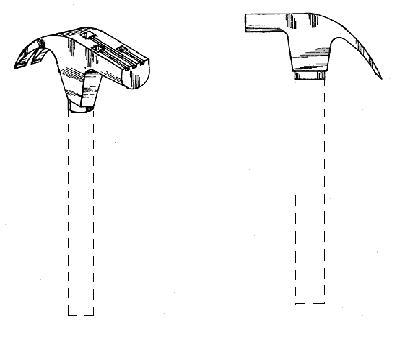
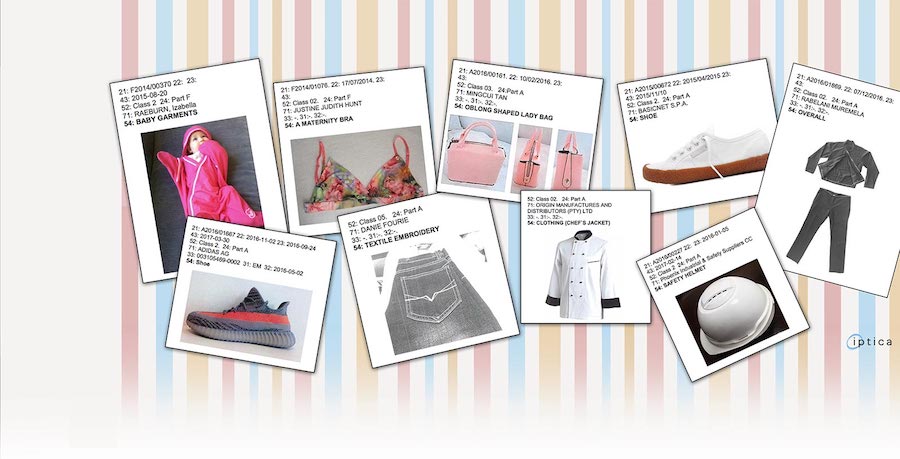
It is also possible to file South African designs online using photos. We suggest using the GlobalIPco system, which can file your South African design application in less than 5 minutes for $299.
Filing an application for a set of articles
One may file a single design application covering a set of articles, provided that each article in the set has the same general character and is:
a) ordinarily on sale together; or
b) intended to be used together.
Examples of sets include a set of cutlery; set of tools; tea set; etc.
The design registration will protect the set and each individual article forming part of the set.
When filing an application for a set, the definitive statement must be amended as follows:
Protection is claimed for the features of shape, pattern, ornamentation, and/or configuration of a set of …., substantially as shown in the accompanying representations.
Infringement example
As previously discussed, a design is infringed by making, disposing of, using, or importing an article within the same class that embodies the registered design or a design not substantially different. But, what does “not substantially different” mean? Our Courts have held that one must adopt a comparative test: place oneself in the shoes of a likely consumer and compare the designs both side by side and separately (having regard to the doctrine of imperfect recollection). For a competitor to fall outside the scope of a registered design, he need only take an equivalent step away from the registered design that the registered design took away from prior art.
To explain this concept, let’s assume the following:
You manufacture a letter tray as shown in the figure below:
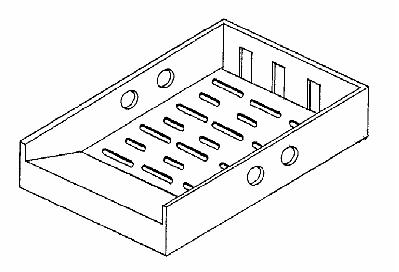
You recently received a letter advising that your tray infringes the aesthetic design registration represented below:

The registration’s definitive statement reads:
The features for which protection is claimed reside in the shape and/or configuration and/or the pattern as applied to a letter tray substantially as shown in the accompanying drawing.
Comparing the designs:
Similarities
- both have sloped portions near the mouth, albeit of different gradients
- both are generally rectangular in shape
- both are generally of the same proportions
- both have similarly shaped cut-outs on their bottom panels
- both have three rectangular cut-outs in their back walls, albeit of different dimensions
- both have two cut-outs in each of their side walls, albeit of different shapes
Main differences
- the side walls of your design are rectangular, whereas the side walls of the registered design have sloped portions near the mouth
- your design has circular instead of rectangular cut-outs on the side-walls
- the outer surface of your design is planar
Before we go any further, we conduct a prior art search to locate all similar designs available to the public prior to the priority / release date or filing date (if no priority or release date is claimed) of the registration. Our search reveals the following design:
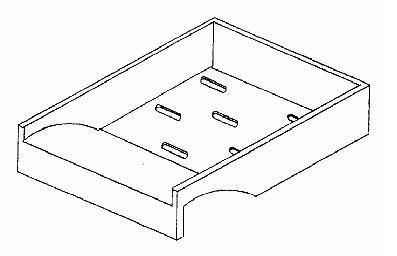
Comparing the registered and prior art designs:
Similarities
- both have sloped portions near the mouth, albeit that one is curved and the other linear
- both are generally rectangular in shape
- both are generally of the same proportions
- both have similarly shaped cut-outs on their bottom panels, albeit of different number, shape and configuration
Main differences:
- the side walls of the registered design slope in a linear fashion towards the mouth, whereas the side walls of the prior art slope toward the mouth in a curved fashion
- the registered design includes cut-outs on its side walls, which are absent from the prior art
- the outer surface of the registered design has projections (i.e. stacking means and a top lip), whereas the outer surface of the prior art is planar
Comparing steps:
Many of the similarities between:
(a) your design and the registered design; and
(b) the registered design and the prior art design,
are common and can therefore be ignored.
Focusing on the major differences, it appears as if your design has taken a step away from the registered design that is as great, if not greater in some respects, than the step the registered design took away from the prior art. It is therefore probable that the manufacture and sale of your letter tray does not infringe the registered design.
